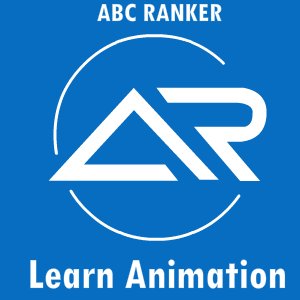process of animation
The process of animation involves several stages that are typically followed to create a cohesive and visually appealing animated sequence. While specific techniques and workflows may vary depending on the medium and software used, here is a general overview of the animation process:
- Concept and Pre-production: This initial stage involves developing the concept and planning the animation. It includes brainstorming ideas, creating a storyboard or animatic (a rough visual representation of the animation’s timing and sequence), designing characters and environments, and establishing the overall style and mood process of animation.
- Scripting and Audio: If the animation includes dialogue or narration, a script is written or adapted. Voice actors may be hired to record the necessary audio, including dialogue, sound effects, and music process of animation.
- Animatic: Using the storyboard as a guide, an animatic is created by sequencing the storyboard panels and timing them to the audio. This step helps to visualize the timing and pacing of the animation before moving on to more detailed production process of animation.
- Asset Creation: This stage involves creating or gathering the visual assets required for the animation. It includes designing and modeling characters, objects, and environments, as well as creating any necessary textures, props, or background elements. In traditional hand-drawn animation, this stage involves creating the background layouts and character designs.
- Rigging (in 3D animation): In 3D animation, rigging is the process of creating a digital skeleton or framework for characters and objects. It involves defining the structure, joints, and movement capabilities of the characters, which will be used later to manipulate and animate them.
- Animation: This is the stage where the actual movement and performance of the characters take place. Animators use various techniques and tools to bring the characters to life, including keyframing, posing, and timing. They manipulate the character’s rig or draw each frame by hand, creating the illusion of movement and expression.
- Rendering: Once the animation is complete, the frames are rendered. This process involves converting the digital or hand-drawn frames into a final video format. In 3D animation, this step calculates the lighting, shadows, textures, and other visual effects to produce the final image.
- Post-production: This stage involves adding finishing touches to the animation. It includes editing the rendered frames, compositing different elements together, adjusting colors and lighting, adding special effects, and synchronizing the animation with the audio.
- Final Output: The completed animation is rendered into a final video file format suitable for its intended purposes, such as broadcast, web, or projection. It can then be distributed, showcased, or integrated into a larger production.
It’s important to note that animation is an iterative and collaborative process, and feedback and revisions are often incorporated at various stages to refine and improve the final result. The specific workflow and tools used may vary depending on the animation technique and the preferences of the animators and production team involved.
